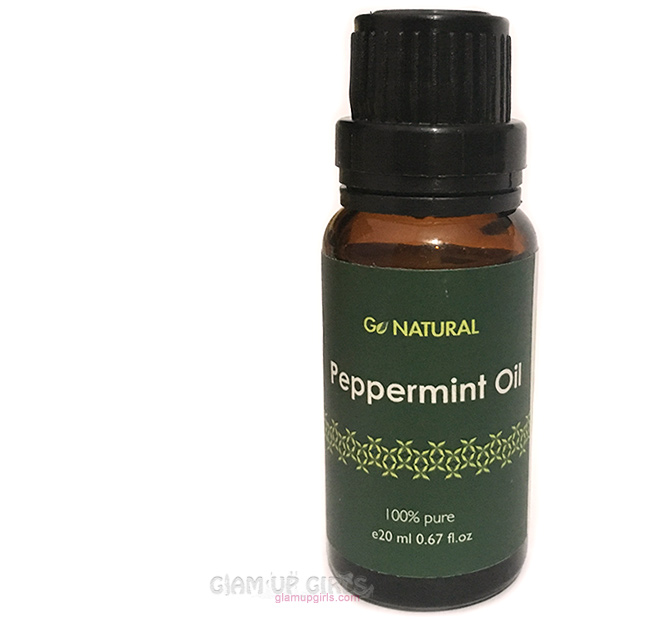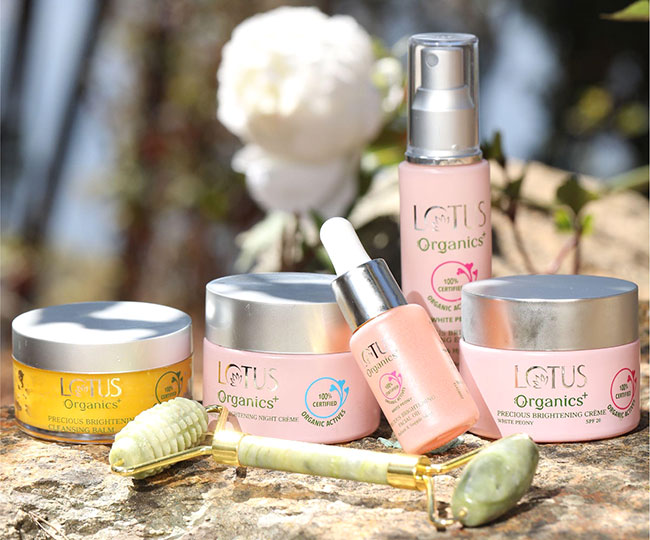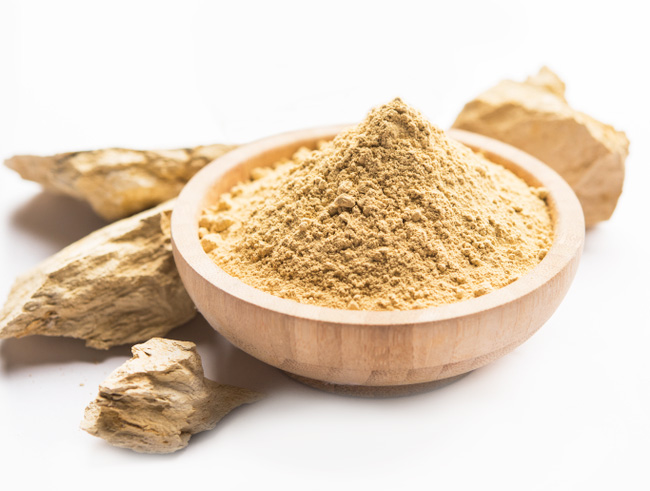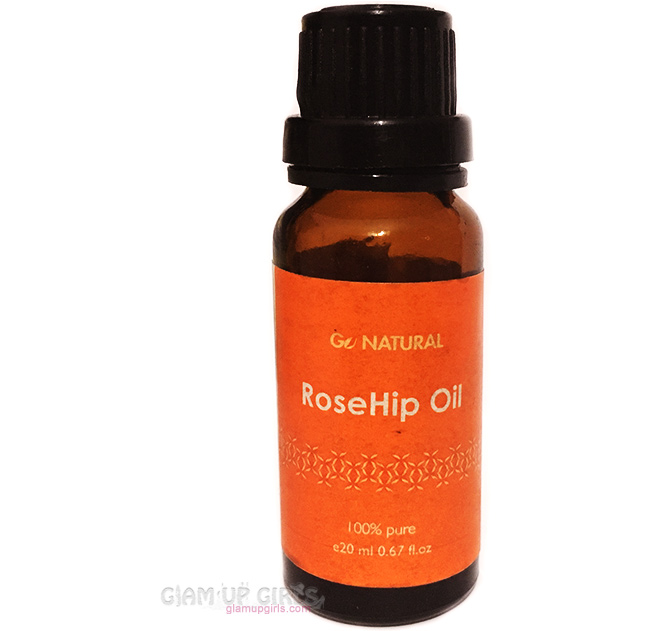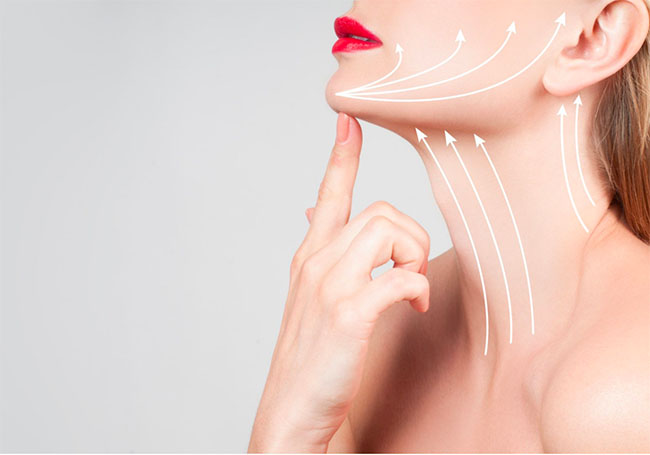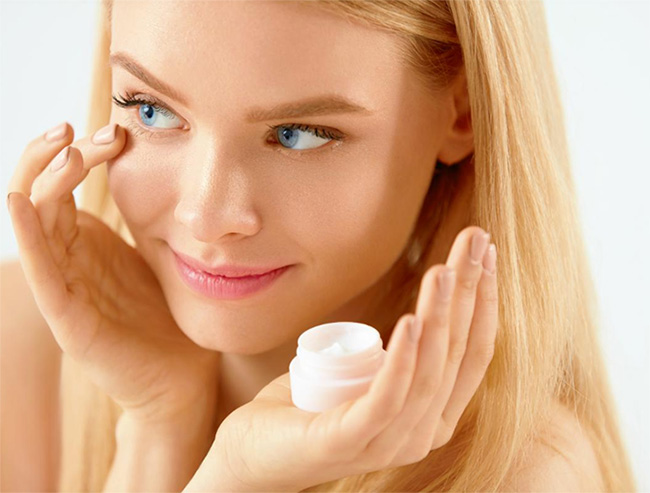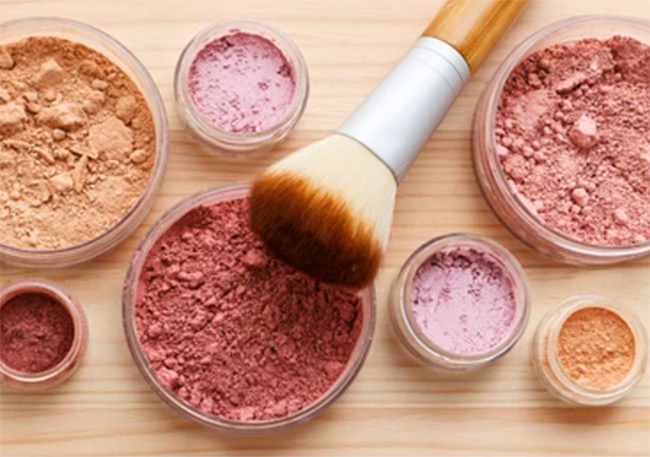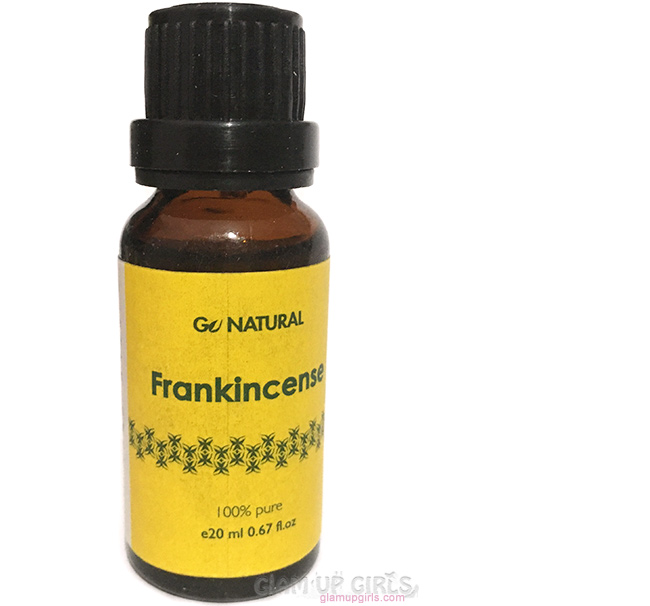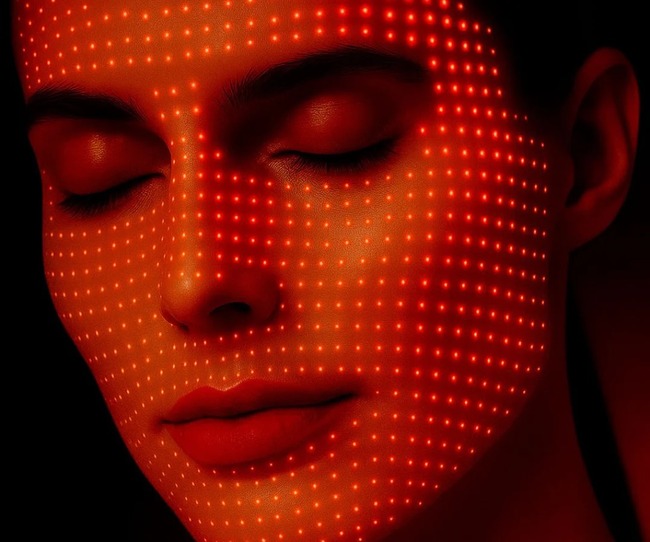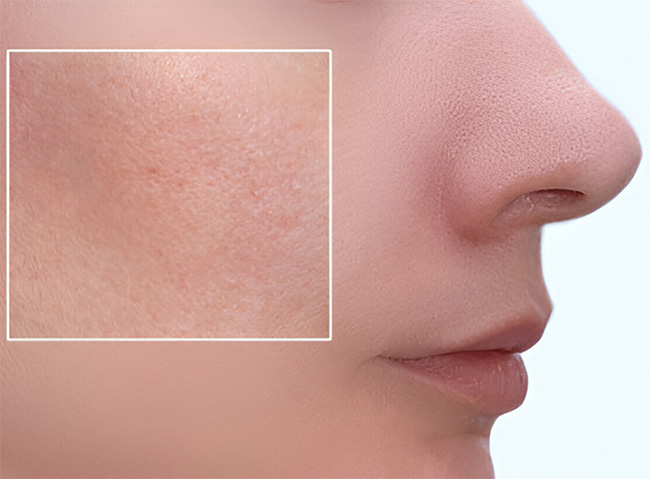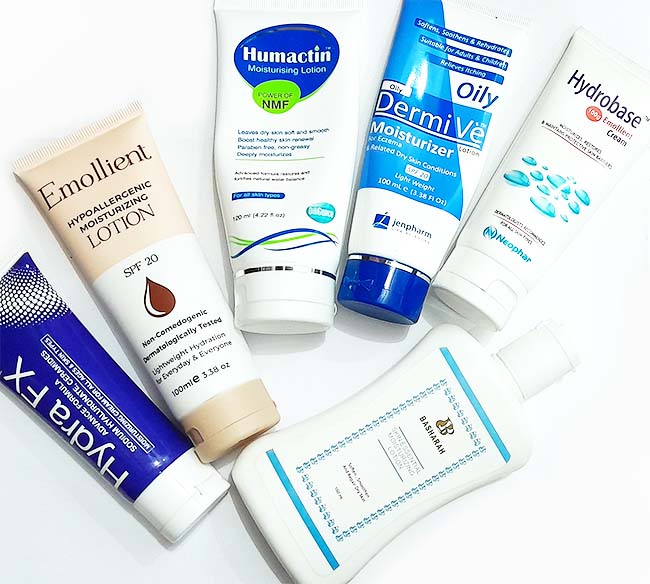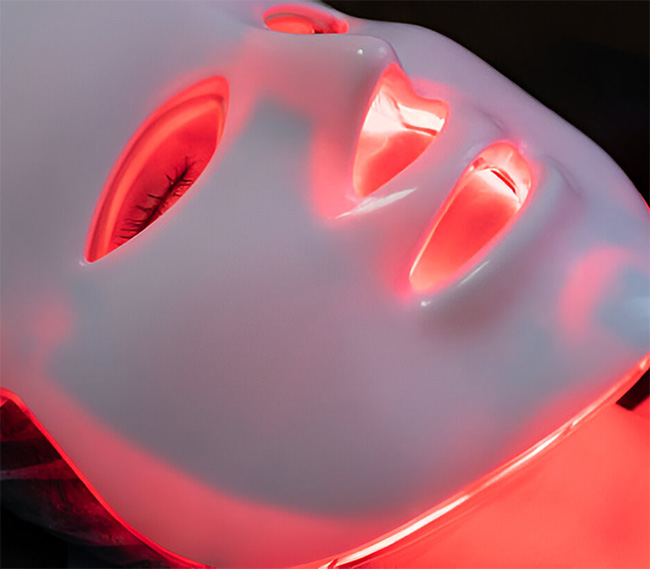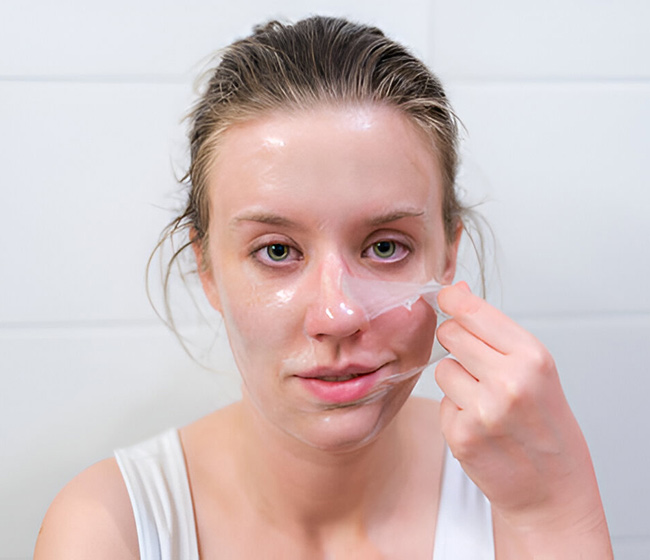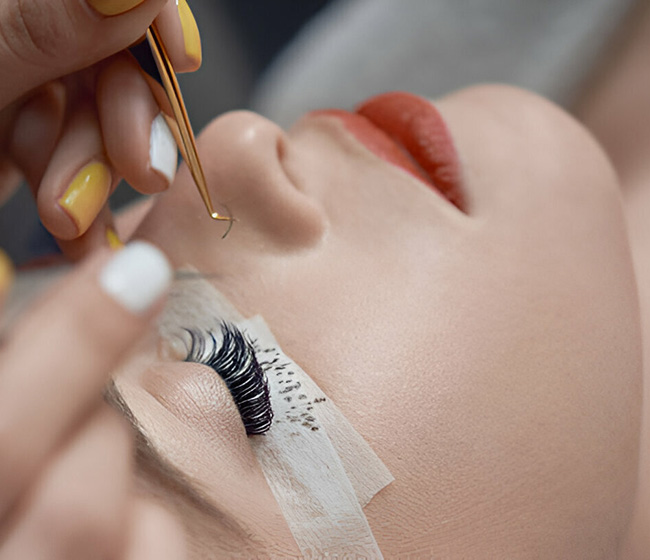Today, we'll delve into the science of this skincare method, exploring its principles, benefits, and how to incorporate it into your skincare regimen for a healthier and more vibrant complexion.
Understanding Circadian Cycling
Circadian skincare, is based on the idea that our skin has natural daily and monthly cycles that influence its functions and appearance. These cycles are influenced by factors such as our circadian rhythms, hormone fluctuations, and even the lunar calendar. Recognizing and leveraging these cycles can lead to more effective skincare. The right product on right time will give you quick and effective results then vice versa.
Benefits of Circadian Skincare
1. Enhanced Repair and Renewal: By syncing skincare products and routines with your skin's natural cycles, you can maximize its ability to repair and regenerate, leading to a more youthful complexion.
2. Optimal Absorption: Certain skincare ingredients are best absorbed during specific times of the day, aligning your routine with these windows can boost their effectiveness.
3. Minimized Sensitivity: This skincare regime can help reduce sensitivity to certain ingredients, making it suitable for individuals with reactive or sensitive skin.
4. Hormone Harmony: For those experiencing hormonal fluctuations, aligning skincare with menstrual cycles can help address skin issues related to hormonal changes.
The Daily Skin Cycle
Our skin operates on a 24-hour cycle influenced by the circadian rhythm. Understanding this cycle can help tailor your skincare routine effectively.
- Morning (7 AM - 11 AM): Skin experiences increased blood flow, making it an ideal time to apply antioxidant-rich products, sunscreen, and moisturizers.
- Noon (11 AM - 3 PM): Sun exposure is at its peak, so reapplying sunscreen is crucial to protect against UV damage.
- Afternoon (3 PM - 7 PM): Skin begins to lose hydration, so reapplying light weight moisturizer can help maintain skin's moisture balance.
- Evening (7 PM - 11 PM): Skin naturally repairs itself during sleep. Apply repairing and hydrating products before bedtime.
The Monthly Skin Cycle
For individuals who menstruate, the menstrual cycle can also impact skin health.
1. Follicular Phase: In the days leading up to ovulation, estrogen levels rise, leading to brighter, more radiant skin. Focus on hydration and protection.
2. Luteal Phase: As estrogen declines, oil production may increase, leading to breakouts. Incorporate acne-fighting products and gentle exfoliation.
Incorporating Skin Cycling into Your Routine
1. Morning Routine: Start with a gentle cleanser, followed by antioxidant-rich serums, sunscreen, and hydrating moisturizers.
2. Noon Touch-up: Reapply sunscreen if you'll be exposed to the sun during the day.
3. Afternoon Refresh: Reapply moisturizer if needed.
4. Evening Ritual: In the evening, cleanse to remove makeup and impurities. Apply repairing serums, retinol (if using), and a nourishing night cream.
5. Monthly Adaptation: Adjust your skincare routine according to the phase of your menstrual cycle, focusing on hydration, acne control, or soothing as needed.
6. Weekly Exfoliation: Include gentle exfoliation 1-2 times a week to encourage skin cell turnover. Use chemical exfoliators according to your skin and try to stay away from physical scrubs.
Doing skincare according to skin's circadian rhythm, is a captivating concept that harmonizes skincare routines with our skin's natural rhythms, optimizing its ability to renew, repair, and rejuvenate. While its effectiveness is still a subject of ongoing research, many individuals have reported positive results from aligning their skincare routines with these cycles. Whether you're seeking a more youthful complexion or aiming to address specific skin concerns, exploring this method as part of your skincare journey may be a promising step toward achieving healthier and more radiant skin.


